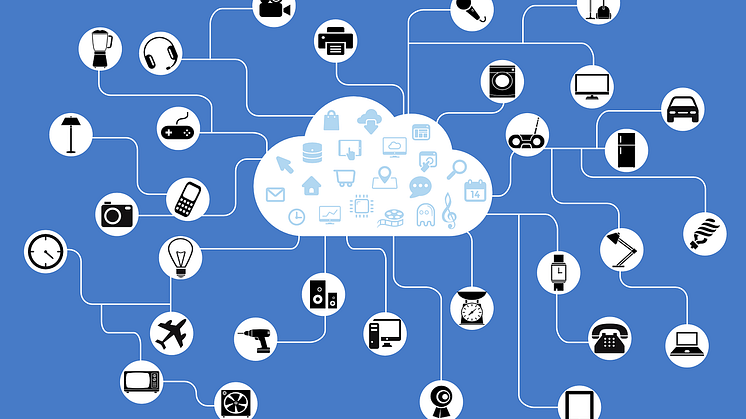
Pressmeddelande -
KB becomes the first national library to fully transition to linked data
The National Library of Sweden (KB) has deployed a new version of the Swedish Union Catalogue, Libris. This means that the contents of the National Library catalogue can now be used by web services outside the library community.
The format of the new Libris is based on Bibframe 2.0 and linked open data. Thus, the information in the library catalogue can be more easily understood by the rest of the web. This creates new ways to access the participating libraries collections and to highlight their rich and comprehensive information.
“The change can be described as a transfer of the catalogue from an old foundation to a modern one. The new technological platform allows the system to become more flexible. In addition, both we and other parties are developing new services based on Libris’ linked data,” says Ingemar Thun, Director of Information Systems at KB.
KB is the first national library in the world to switch to cataloguing with Bibframe 2.0. In the long run, the contents of Libris – over ten million titles in the form of books, newspapers, magazines and images from libraries across the country – will be made visible in a completely new way.
“A paradigm shift”
Since the data in Libris is now understood by the rest of the web, search engines and organisations such as Wikidata can more easily make use of, and refere to data in Libris. For example, the search engines may highlight the information in their “knowledge graphs” – the collection of facts that appear in the righthand column after a search – and Wikidata can assert their statements about Swedish authors.
“By basing the system on linked open data, we avoid locking away valuable information in library-specific infrastructure and formats. This reduces the threshold for wider reuse. That is in itself a paradigm shift, but it will also lead to higher quality and greater precision in describing the resources of Swedish libraries”, says Martin Malmsten, IT Architect at KB.
The transition to Bibframe 2.0 and linked data creates new opportunities to fill the catalogue with references to other linked datasets. It is possible to link to facts both within and outside the cultural heritage domain. This is maintained by the party that has the best handle on the material.
A big adjustment – but one with significant benefits
The average user will first notice the benefits of this change in some time, when Libris discovery services receive a new look and updated functionality. However, catalogers working in Libris will be directly affected by the transition. The work routines are changing completely, and this will entail a big adjustment. However, one of the virtues of linked data is the ability to link to existing information, which entails significant benefits.
The new Libris provides the entire library sector with better conditions for efficient cataloguing and makes it easier to present an overall picture of the libraries’ extensive information. This can be developed into a complete information platform for both physical and digital material.
The development of Libris has been complex and challenging and has demanded a large measure of stamina and broad collaboration. The work is being carried out at KB. The development of Bibframe is lead by the Library of Congress with input from the library community. Many libraries in Europe and the rest of the world are also working to realize such a transition.
Read more about Libris
You can find more information about the system and the transition to Bibframe 2.0 on KB's Libris information pages (in Swedish). You are also welcome to browse the Libris library catalogue (available in English), which assembles resources from 500 Swedish libraries.
Contact information
For even more information, please contact:
Bodil Wennerlund, project leader
Bodil.Wennerlund@kb.se
+4670-007 31 92
Ämnen
Kategorier
Kungliga biblioteket
Kungliga biblioteket, KB, är Sveriges nationalbibliotek. Vi samlar in, bevarar och tillgängliggör allt som ges ut i Sverige, från handskrifter, böcker och tidningar till musik, tv-program och bilder. Dessutom har vi utländskt material med svensk anknytning.
KB är en statlig myndighet under Utbildningsdepartementet. Som nationalbibliotek utvecklar och främjar vi samverkan i den svenska bibliotekssektorn.

